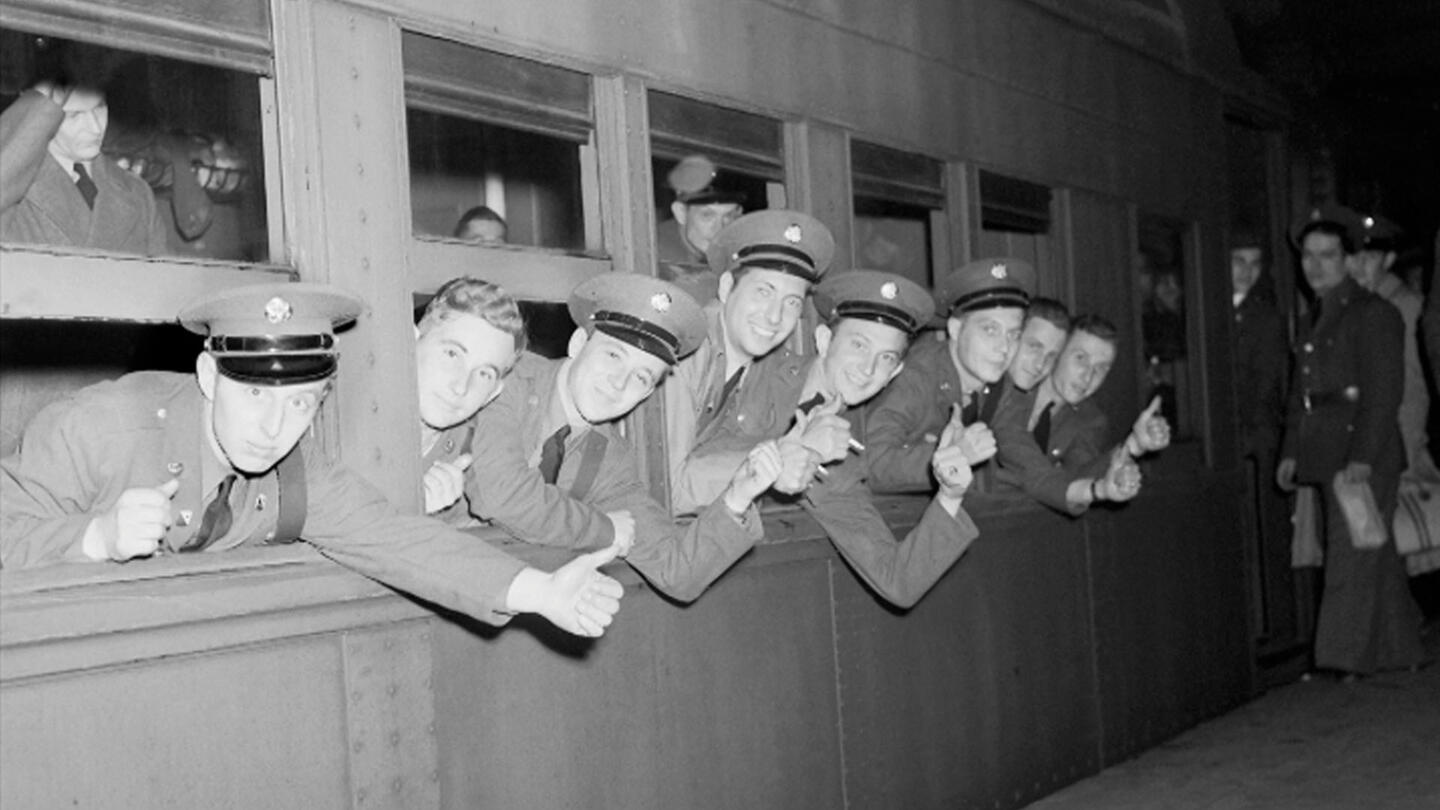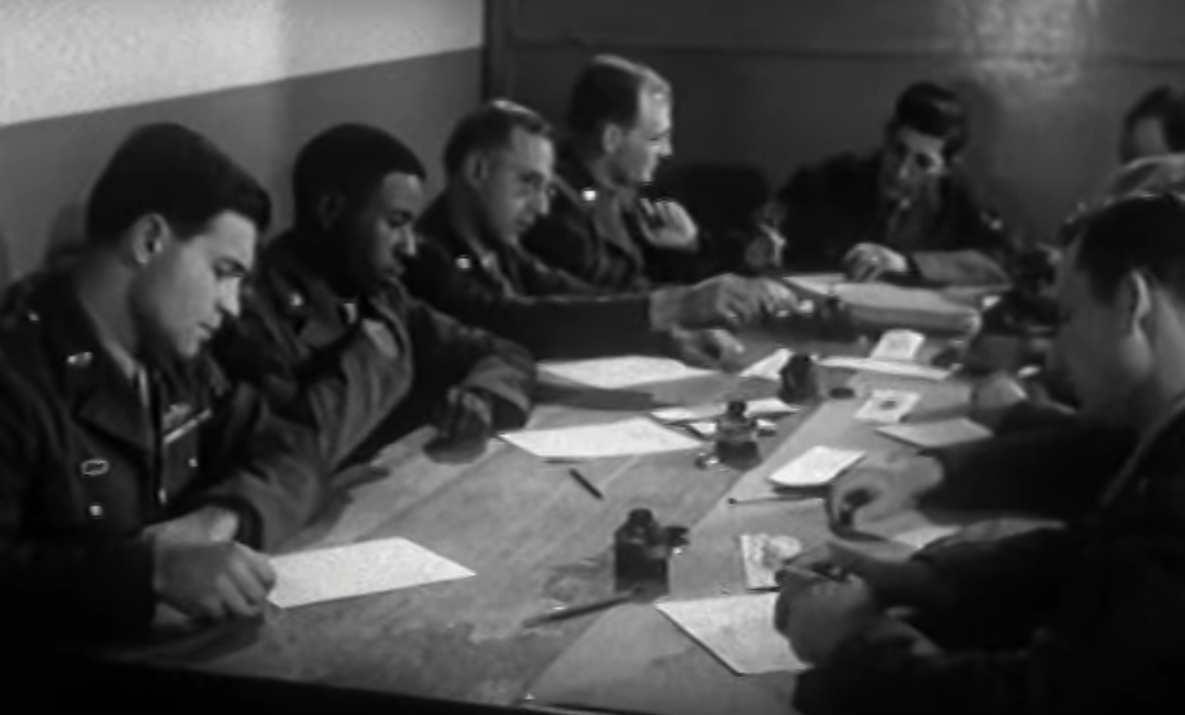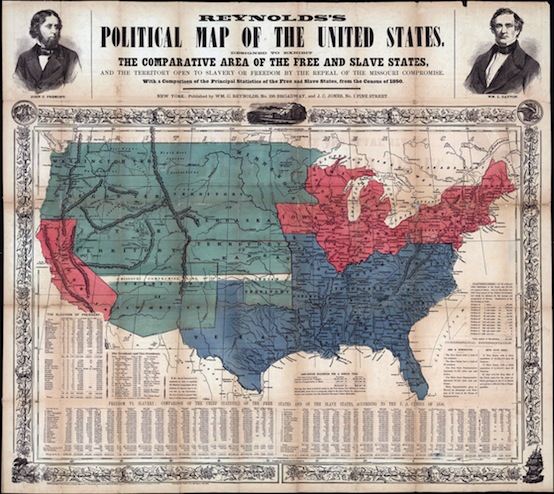Gi Bill American History Definition
american bill history wallpaperAre initials used to describe the soldiers of the United States Army and airmen of the United States Air Forces and also for general items of their equipment. Entry into World War I.
 U S Home Front During World War Two Drawing Project Distance Learning World War Two Reading Stations Distance Learning
U S Home Front During World War Two Drawing Project Distance Learning World War Two Reading Stations Distance Learning
Learn vocabulary terms and more with flashcards games and other study tools.

Gi bill american history definition. Enacted by Congress in 1944 the GI Bill sent more than eight million World War II veterans to school between 1945 and 1956. But its origins trace back to a previous generation of veterans. A popular theory links the term to the early 20th century when GI was stamped on military trash cans and buckets.
Government agency to influence public opinion on American participation in WWI. This is the currently selected item. The Servicemens Readjustment Act of 1944 popularly known as the GI Bill of Rights was signed by President Roosevelt on June 22 1944.
Legislation adopted in 1944 that provided various benefits to veterans of World War II. GI Bill of Rights Click card to see definition A name given to the Servicemens Readjustment Act a 1944 law that provided financial and educational benefits for World War II veterans Click again to see term. Bill is still used to refer to programs created to assist US.
When millions of GIs returned home from overseas they took advantage of the Servicemens Readjustment Act or the GI Bill. The Servicemans Readjustment Act of 1944 the GI Bill was designed to help veterans like Bill Orr. Unemployment which had reached 25 percent during the Great Depression and hovered at 146 percent in 1939 had dropped to 12 percent by 1944still a record low in the nations history.
Has been used as an initialism of Government Issue General Issue or Ground Infantry but it originally referred to galvanized iron as used by the logistics services of the United States Armed Forces. While the GI Bills language did not specifically exclude African-American veterans from its benefits it was structured in a way that ultimately shut doors for the 12 million Black veterans who. Bill was a law that provided a range of benefits for returning World War II veterans commonly referred to as GIs.
Arts and humanities US history. It also backed home loans gave veterans a year of unemployment benefits and provided for veterans medical care. African Americans women and the GI Bill.
Sedition act of 1918. The Servicemens Readjustment Act of 1944commonly known as the GI Bill of Rightsnearly stalled in Congress as members of the House and Senate debated provisions of the controversial bill. Buy The GI Bill.
Some shunned the idea of paying unemployed Veterans 20 a week because they thought it diminished their incentive to look for work. American Legion Past National Commander Harry Colmery after helping draft the Servicemens Readjustment Act in the winter of 1943-1944. The purpose of the 1944 GI Bill was to help retuning veterans from WW2 both men and women to make an efficient and speedy readjustment to civilian life and the economy.
The year was 1932. This important document was signed in 1944 by Franklin D. The growth of suburbia.
Bill in its original form the Servicemens Readjustment Act of 1944 was designed to provide benefits including small business loans mortgages and education. Bill expired in 1956 but the term GI. Benefits to WWII veterans.
Roosevelt and gave veterans education and training opportunities guaranteed loans for home farm or business job finding assistance and unemployment pay of 20 a week for up to 52 weeks if a veteran could not find a job. History of the GI. Never again do we want to see the honor and glory of our nation fade to the extent that her men of arms with despondent heart and palsied limb totter from door to door bowing their souls to the frozen bosom of reluctant charity.
The Servicemens Readjustment Act of 1944 commonly known as the GI. The dark side of suburbia. The country was in the teeth of the Great Depression.
9780195182286 from Amazons Book Store. Everyday low prices and free delivery on eligible orders. The New Deal for Veterans Pivotal Moments in American History Illustrated by Altschuler Glenn Blumin Stuart ISBN.
Start of the Cold War - The Yalta Conference and containment. Bill of Rights also called Servicemens Readjustment Act US. Bill in full GI.
Definition FDRs other problem was the pesky neutrality laws from the 1930s that were designed to prevent the United States from being lured into war and which especially sought to avoid the circumstances that had led to US. Start studying US History Definitions. The origins of this popular nickname are somewhat murky.
 Lonnae O Neal White Readers Talk Back Gi Bill History For Kids History
Lonnae O Neal White Readers Talk Back Gi Bill History For Kids History
 22 Young Soldiers Of The Vietnam War Vietnam War Vietnam Vietnam War Photos
22 Young Soldiers Of The Vietnam War Vietnam War Vietnam Vietnam War Photos
 G I Bill Definition Forever Gi Bill Benefits History
G I Bill Definition Forever Gi Bill Benefits History
 Mae Preta Black Mother Exhibition Recovers History Of Black Women Who Breastfed The White Children During Slavery T Black Mother History Aboriginal American
Mae Preta Black Mother Exhibition Recovers History Of Black Women Who Breastfed The White Children During Slavery T Black Mother History Aboriginal American
 African Americans Women And The Gi Bill Article Khan Academy
African Americans Women And The Gi Bill Article Khan Academy
 Twitter American History World History Iwo
Twitter American History World History Iwo
 10 Important Documents Of American History Norwich University Online
10 Important Documents Of American History Norwich University Online
 Us Government Civics Digital Interactive Notebook American History In 2020 Interactive Notebooks Digital Interactive Notebook Interactive
Us Government Civics Digital Interactive Notebook American History In 2020 Interactive Notebooks Digital Interactive Notebook Interactive
 Learn Something New Everyday Flag Military America
Learn Something New Everyday Flag Military America
 Post War Prosperity Powerpoint And Student Infographic Notes Educational Infographic Infographic Student
Post War Prosperity Powerpoint And Student Infographic Notes Educational Infographic Infographic Student
 The Gi Bill Article Khan Academy
The Gi Bill Article Khan Academy
 Cold War Tab Patch Hook Loop Cold War Military Cold War War
Cold War Tab Patch Hook Loop Cold War Military Cold War War
 1914 Original Ww1 Poster Us Marine Corps Usmc Wwi Marines Recruiting Sea Soldier Marine Poster Military Poster Usmc
1914 Original Ww1 Poster Us Marine Corps Usmc Wwi Marines Recruiting Sea Soldier Marine Poster Military Poster Usmc
 The Gi Bill Of Rights Definition Benefits Us History Class Study Com
The Gi Bill Of Rights Definition Benefits Us History Class Study Com
 Pin By Curtis Baylor On History African American History American Soldiers American Veterans
Pin By Curtis Baylor On History African American History American Soldiers American Veterans
 Minorities On The World War Two Home Front Distance Learning World War Two Distance Learning World War
Minorities On The World War Two Home Front Distance Learning World War Two Distance Learning World War



